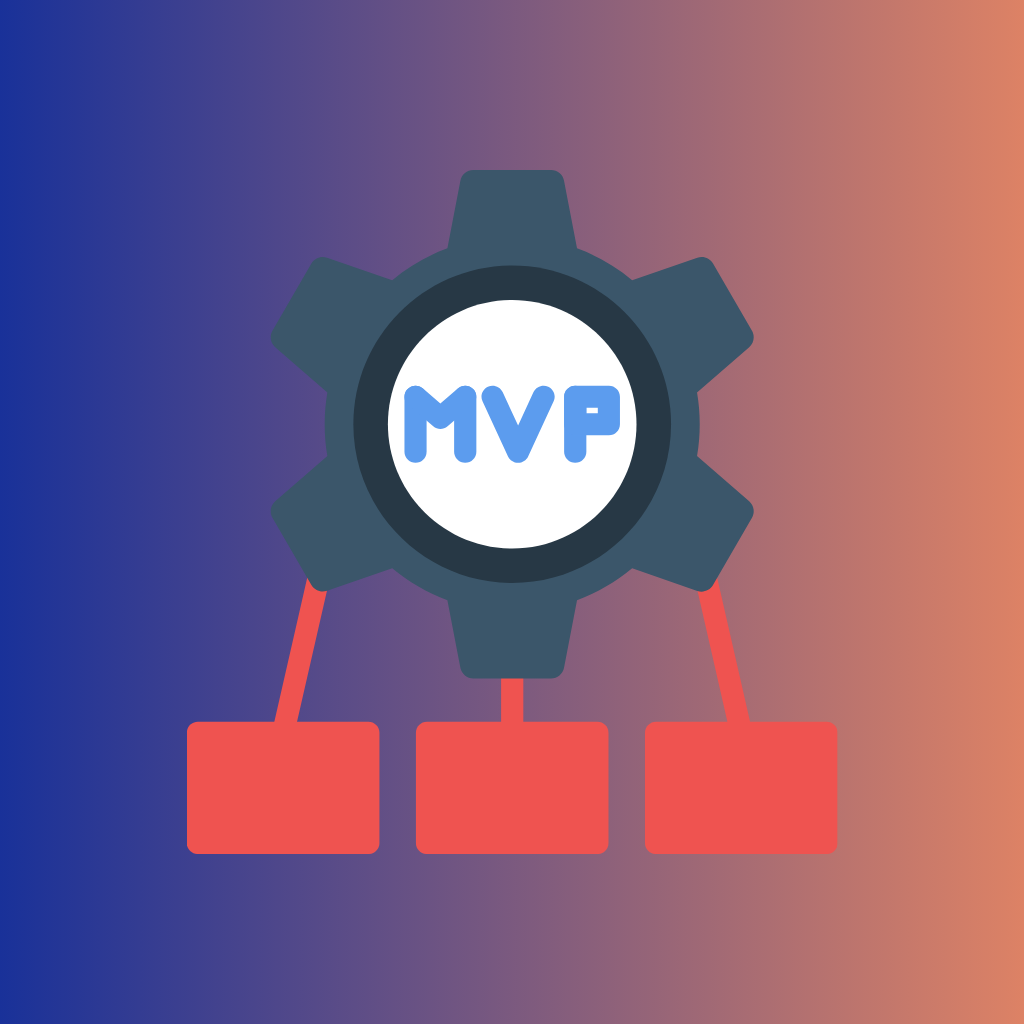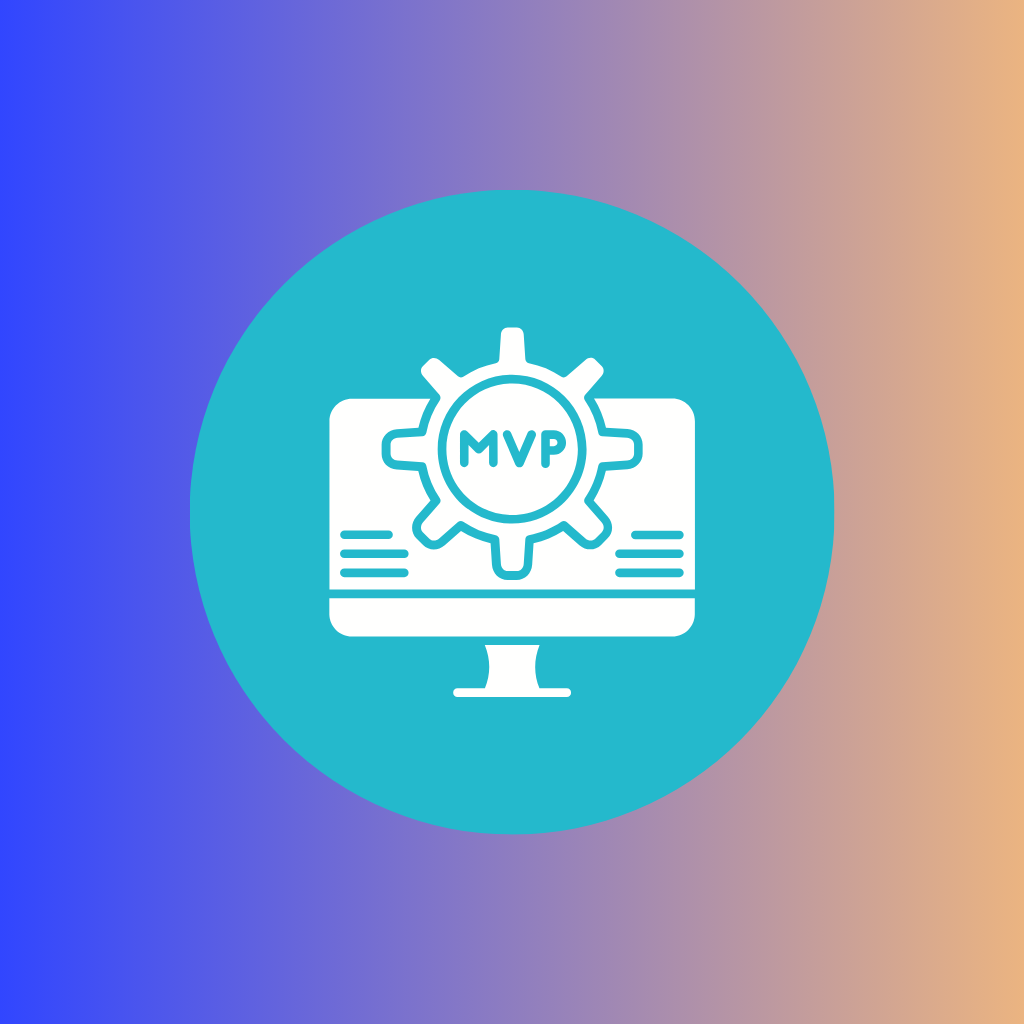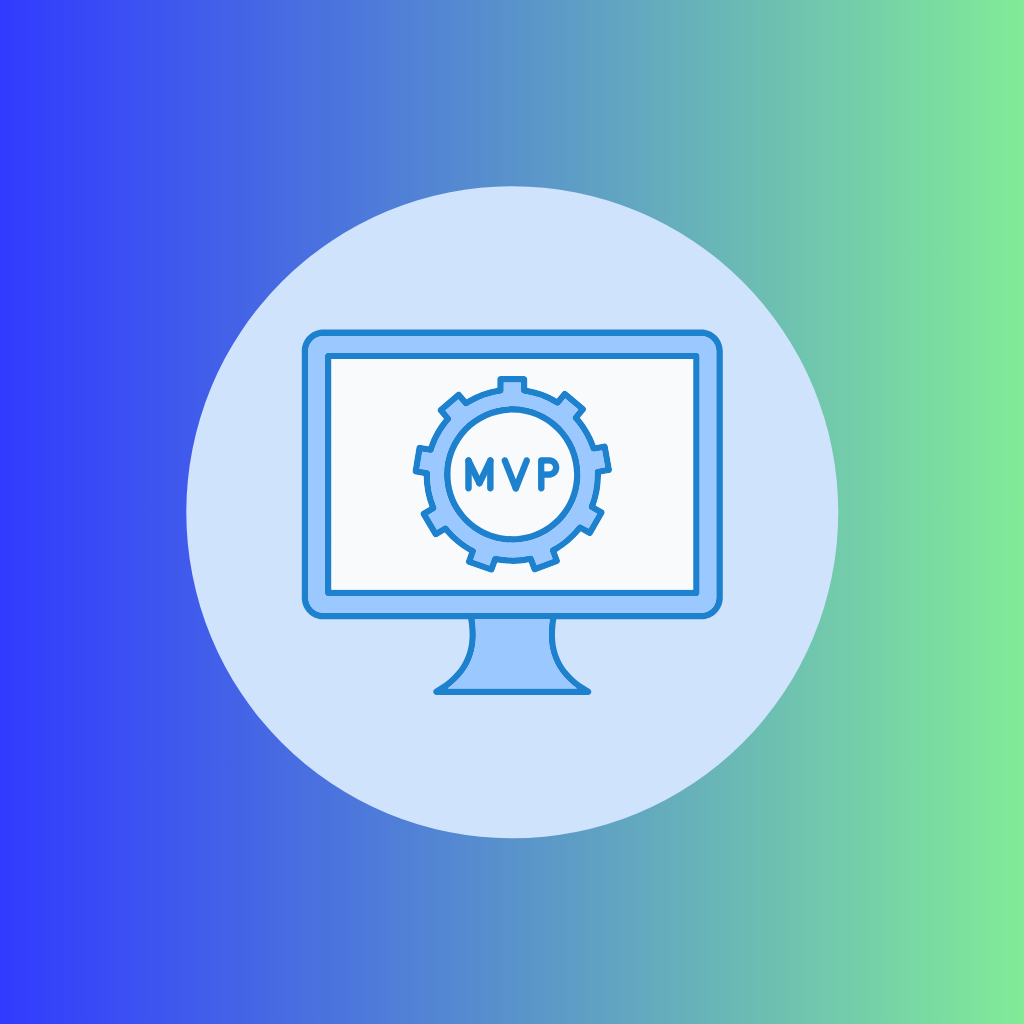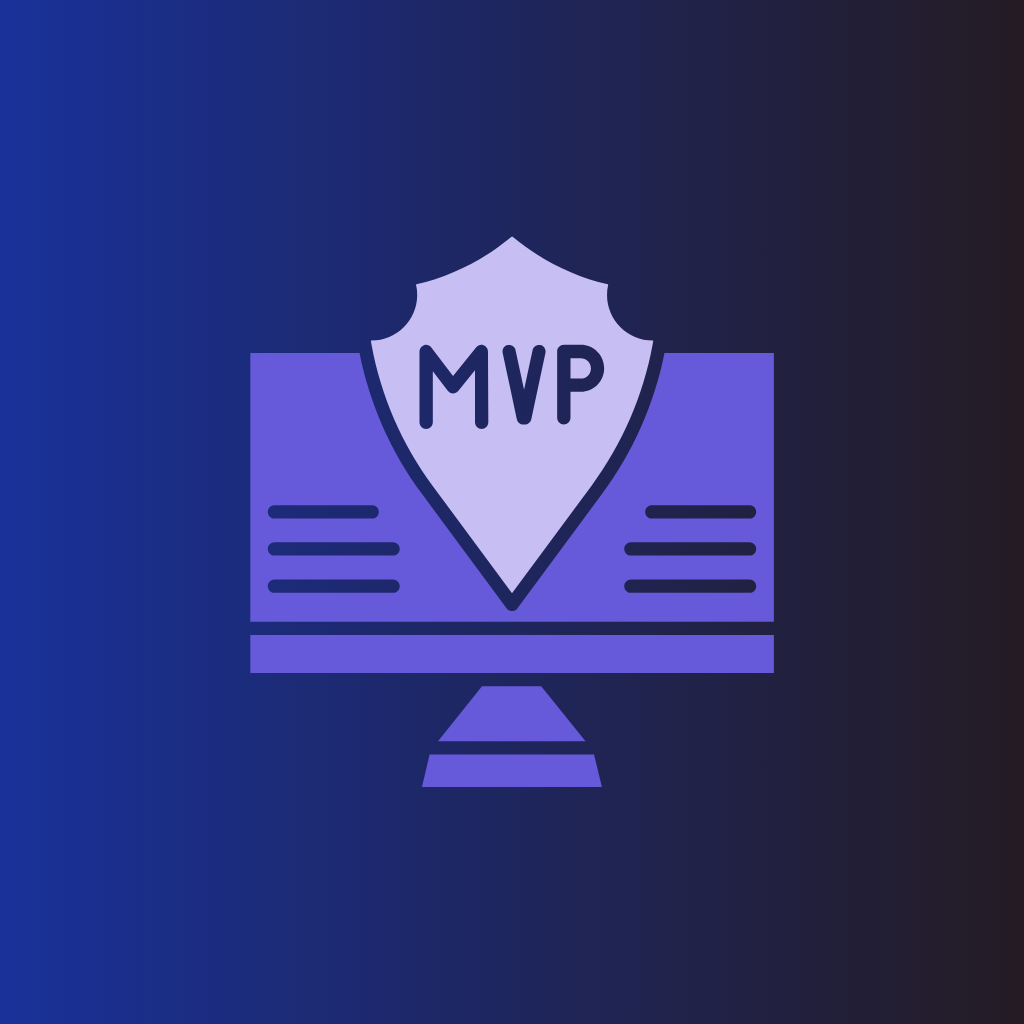Going back to the fundamental app ideas and concepts that need to be considered when developing a new app, one of the most significant ones the so-called MVP – Minimum Viable Product. MVP means Minimum Viable Product and it is just your working skeleton which will comprise only basic functions that will allow solving the essential problem of your users. The thought is to design this first iteration of the application relatively rapidly and cheaply so that you can assess the viability of the concept by seeing how well it performs in a real-world environment as judged by customers.
It is hard to overemphasize the significance and value of MVP when it comes to development of mobile applications. If you are concentrating on implementing the features required by the user most urgently, you can get your product to market faster and begin to find out how real people interact with it much earlier. This too in the process saves time and costs while on the other hand can help in the fine tuning of the product depending on the amount of user preparedness and interest. It is a concise guide on how to make the right decisions and avoid pitfalls to optimise the chances of app success in a competitive environment.
I. Get to understand MVP as a fundamental concept
Definition of an MVP
MVP is a crude term that refers to a product that has the least features a customer is willing to pay for in exchange for a new innovation. They seek to prove the viability of a given product prototype and obtain feedback that can be beneficial in subsequent unveilings. It is one of the avenues of checking the product hypotheses without having the actual product, therefore it helps in reducing potential costs and time spent.
When it comes to development an mvp here are some of the key components that one needs to consider.
- Core Functionality: The MVP should correspond to the overall aim for developing your app and should solve a primary issue. It does not contain all the features which are given to the user but they include the core values that matter most.
- Usability: Finally, even for the MVP, the quality of the solution should be good and the usability shouldn’t be bad. There should not be a clumsy modes about its interface and controls.
- Feedback: An MVP strategy should also have methods of capturing user feedback necessary for the development process. This can range from basic surveys or feedback forms within the app or using general analytical tools.
- Scalability: The most popular definition of the MVP is that it is a minimal viable product, but it should be created with further development in view. The technology should allow for the construction of other features in the future, in case the application is to grow or expand.
The Role of MVP in Products Design
The main goal of the MVP is indeed to test an app idea with as little expenses as possible. With this in mind, some points of the role of an MVP are:
Market Validation: An MVP allows you to find out if there is any interest in it before actual customer testing. You can check how much users are interested in your solution and whether they think your solution is valuable.
Cost Efficiency: Creating a more complex, multifunctional application takes a lot more effort and resources. Actually, MVP gives you an opportunity to check how your idea is going to perform or sell without investing too much.
User Insights: It is always good to get feedback as soon as possible, and during the first stage of application usage. it allows understanding the application’s functionality, which aspects are functional or not, and how they might be further developed. It was understood that this feedback would inform future development.
Risk Reduction: In this way, risk and problems associated with the product can be quickly realized when using an MVP. This minimizes chances of failure and makes it possible for one to progress with efficient decisions in future.
Faster Time-to-Market: An MVP helps to start and distribute your product immediately. This is especially important in dynamic industries since getting a head-start has proved to offer some degree of protection.
Business Perspective on MVP
MVPs are important to businesses because they offer a practical and effective solution required in product development. They enable companies to trial new services and products within a specific market without investing a lot of money, thereby guarantees that there exists market for certain product or service before committing huge funds. This is particularly useful for business, as it can prevent major oversights and mistakes and better plan the way the product should be improved. Notably, MVPs help sustain and increase adaptability to various market requirements and thus encourage constant evolution of company offerings.
Cost-Effectiveness and Resource Management
Starting with a design that has all of the features that consumers need can be extremely costly and will take time. In essence, MVPs give business entities a way of exercising more control on resource utilisation, because it zeroes in on the function and aspect that meets the core need of the user. Thus, the target audience is saved from unloved additions, while the company leaves more time and money for useful and interesting developments. This lean development approach facilitates a situation whereby each dollar spent is or can be directly used to add value to the development hence a more efficient development cost.
Additionally, MVPs make it easy for companies to focus the resources towards the improvement of the best ideas with an aim of satisfying the users. One major advantage that continuous deployment offers is that instead of coming up with a package of features and then launching the product, with continuous deployment the product is developed and deployed in increments perfect for customer use. This is a cyclic approach to development also helps in preserving the resources besides improving a product that is nearly tailored to meet the market standards.
Reducing Time-to-Market
The importance of being the first to market cannot be overemphasized because in today’s dynamic business environment, the first organization in a market, product, or industry sustains a powerful competitive advantage. This is very helpful in the business sense since MVPs shave off the time it takes for a product to be released. To elaborate a little bit more, one can understand that by narrowing down the range of functions of a product, one can bring it to the market quicker and start the process of gaining a market share and thus revenue.
Product or service introduction also aids in the rapid acquisition of actual market data and knowledge with the help of an MVP. Such feedback is especially valuable during the initial stages of the product’s development, as it will guide the company on its potential directions. In this way, those who want to build new products can know better what works and what does not work, and make changes and corrections where needed much faster, than if they would wait to complete development and then go to the market.
Also, shortening the time-to-market can help companies safeguard their business impact due to fluctuations in market trends more efficiently. This is particularly useful in industries that deal with goods and services where the general consumer and technology trends change frequently and where being able to adapt and fine-tune the product according to feedback is crucial. This agility also helps businesses to remain viable and to be competitive enough in a dynamic market landscape.
II. Steps to Implementing an MVP
Identifying Core Features
The first step towards developing an MVP is thus to define the essential aspects that directly address the main pain point of your users. The first step is to establish what your app is meant to do and the core features that need to be included in the app to accomplish this. Stay laser-focused on what will be essential for your app to provide value to its users and solve a specific problem. It is also important not to complicate the design by adding more objects at this stage. However, one must consider choosing decision options that are easy to describe and easy to comprehend. Solicit feedback from potential customers and study market trends, as well as compete with samples of similar products to find out what features are most crucial to meeting your audience’s needs.
Building the Prototype
After that, the next process is to develop a prototype of the product identified to contain those key features. This is your basic model of your application in term of both look and feel and functionality which should contain the most important functionality of your application. It is not necessary to make a full functional model but it will be helpful to demonstrate a clear vision on app working. For developing the tangible representation of your idea, wireframes, mockups, and clickable prototypes can be used. Some helpful tools during this phase that can be used include Sketch, Figma, or InVision, etc. It is important to develop something that can be built and enhanced as more feedback comes in easily and in multiple cycles.
Testing and Gathering Feedback
Now that you have your prototype, you need to take it to the users and use them on different tasks. This phase is vital because it helps one discover how users are handling an app and where the App might be ineffective. Before you do any testing, the first set of activities is called usability test, where you watch users as they use the app. To collect the feedback, one could use techniques such as surveys, interviews, and analytical data. One of the most informative experiences is detailed observation of users’ behavior, which frequently contain important data that may not be easily obtained through standard surveys and questionnaires. This testing phase allows to check the hypothesis stated and to collect practical recommendations for the next steps in development.
Iterating Based on User Feedback
Responses from the users such as the issues highlighted above call for an iteration of various forms based on the results achieved, feedback from users and analysis of the merits and demerits of different forms.
Even if you do not capture all the opinions and insights during testing, it is still crucial to make use of the information you have obtained while refining your MVP. You need to use if to determine not only the typical patterns, but also crucial problems. The following are guidelines based on this information on how to make the right decisions in determining change or improvement. This means that one should focus on those changes that will matter most to the users, or in other words, fix the things that are likely to improve the satisfaction of the users. Iteration is really as colossal as it seems possible; after performing changes, use the program once more to make sure that justifies modifications and raise other difficulties. It allows you to gain feedback and refine the app based on the needs of the user with each cycle of testing instead of having to create a new release from scratch.
By dint of the following guidelines, you can create an MVP that will not only cater for the basic needs of the end-users but also establish a platform you will continue to grow the application/programme as time goes on. This iterative approach makes it easier for you to develop a product that meets the market and user expectations hence it becomes easier to develop an app that meet the market since the chances are that the targeted market will accept it.
III. Common Challenges and Solutions in MVP Development
Balancing Simplicity and Functionality
The lack of functionality is one of the biggest concerns when creating an MVP, however, there are guidelines that would help to create the best balance between utility and basic design. To cut the story short, an MVP is indefinitely usable as a working prototype and has to be straightforward just enough, pragmatic just enough, and effective just enough to prove the viability of a product idea.
Solution: People default to the compelling feature that makes their apps valuable to solve their central issue. Another potential step is to use a feature prioritization approach, for instance MoSCoW technique that would assist in determining how relevant certain features are. The most important goals of the user should be primarily put center-stage, and it is necessary to avoid the inclusion of too many elements that can be incorporated in subsequent releases.
Managing Stakeholder Expectations
The viewers are often set high expectations on the concept of the MVP – sometimes, viewers bemoan the fact that they are witness to something far from a finished product. This presents some conflicts and undue pressure that may be placed on the project such that it is deliberately derailed.
Solution: They should develop a clear and consistent message on what the MVP entails to interested stakeholders. Be realistic at the initial stage of defining what the MVP is and is not, explaining that this model is a learning tool at this stage. Communicate the new information and engage all the stakeholders in the feedback loop so that they can appreciate the fact that ITS is a continuous cycle of enhancement and improvement.
Ensuring Scalability
While an MVP is meant to be a basic version of the product, it is essential to consider the scalability of the app from the start. Failing to do so can result in significant technical debt and challenges when expanding the product later.
Solution: Design the MVP with a scalable architecture. Use modular design principles that allow for easy addition of new features. Ensure that the core infrastructure, such as databases and server architecture, can handle increased loads and more complex functionalities in the future. Engage experienced developers who understand the importance of building a robust foundation for scalability.
Solutions and Tips to Overcome These Challenges
- User-Centric Design: Keep the user at the center of your development process. Regularly test the MVP with real users to ensure it meets their needs and expectations. User feedback should guide the development and prioritization of features.
- Iterative Development: Adopt an iterative development approach. Release early and often, making small, incremental improvements based on user feedback. This reduces the risk of significant issues and allows for continuous learning and adaptation.
- Clear Roadmap: Develop a clear roadmap that outlines the long-term vision for the product and how the MVP fits into this vision. This roadmap should highlight key milestones and the plan for scaling the product, helping to manage stakeholder expectations and guide development efforts.
- Effective Communication: Maintain open lines of communication with all team members and stakeholders. Regular updates, clear documentation, and transparent decision-making processes help ensure everyone is aligned and understands the MVP's goals and progress.
- Lean Development Principles: Embrace lean development principles. Focus on delivering value quickly and efficiently, and avoid overengineering. By staying lean, you can adapt more swiftly to changes and ensure that resources are used effectively.
- Technical Best Practices: Invest in setting up automated testing, continuous integration, and continuous deployment (CI/CD) pipelines from the start. These practices help maintain code quality, streamline development processes, and ensure that new features can be added without compromising the stability of the MVP.
By addressing these common challenges with thoughtful strategies and solutions, you can develop a successful MVP that serves as a strong foundation for future growth and development. This approach not only mitigates risks but also maximizes the chances of creating a product that truly resonates with users and meets market demands.
MVPs are a strategic tool in the app development process. They enable businesses to test assumptions, reduce risks, and refine their product in alignment with user expectations. By focusing on delivering a functional and valuable core product quickly, businesses can better respond to market demands and stay agile in a competitive landscape. The iterative nature of MVP development fosters a culture of continuous improvement, ensuring that the final product is robust, scalable, and truly resonates with users.










